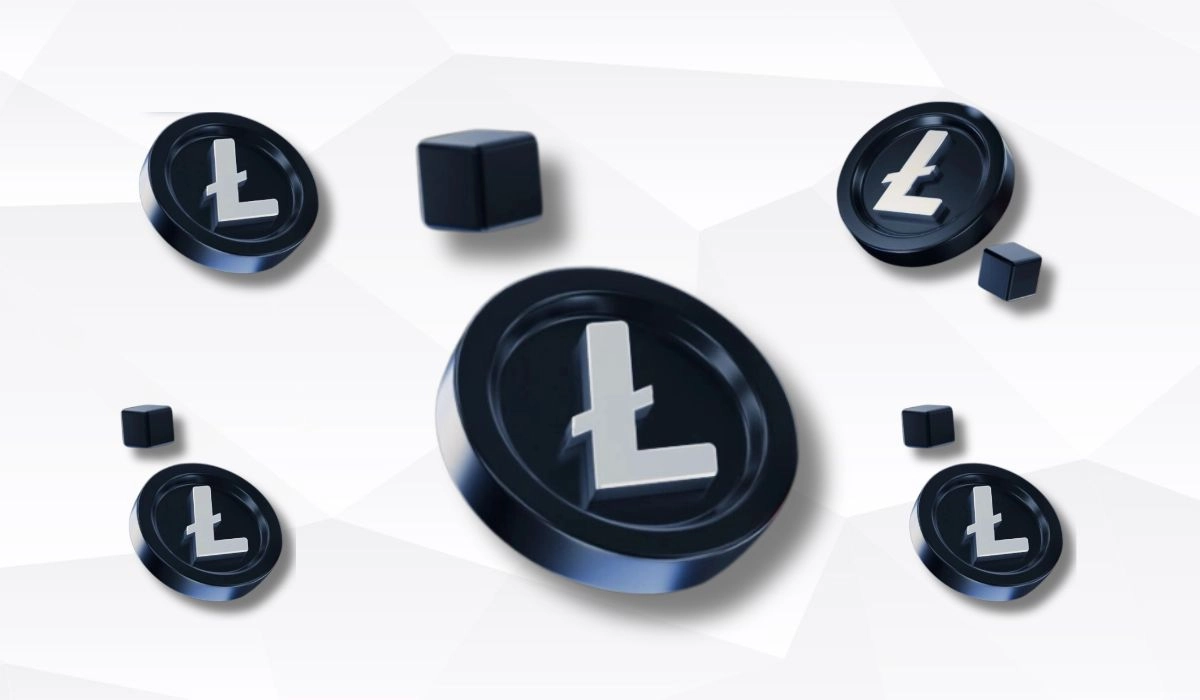Litecoin is one of the top dogs and one of the most sought-after coins in the crypto market. The coin created from a fork in the original cryptocurrency recorded an unprecedented growth rate of almost 75% last year. However, that’s not what makes the LTC stand out in the market.
It is a fact that various investors are claiming that the coin will reach a market value of $245 by the first half of 2025. This makes the LTC one of the most ideal investment choices of this year. So, it is important to know Litecoin’s functionality, how its blockchain works, and the potential risks associated with it.
Litecoin & Its Blockchain: A Brief Overview

Litecoin is a cryptocurrency that was introduced in 2012 from a fork in the original cryptocurrency. The blockchain in which the LTC operates is referred to as the Litecoin blockchain. It is a distributed public ledger that keeps track of all the transactions that take place in the Litecoin network. The features that the LTC blockchain employs are quite similar to those of the original crypto, but the algorithms that are used to employ these features are entirely different.
LTC is trending bullish in the market with a market value of $112.74 and registering a slight uptrend of 1.54% from the previous day. Based on the overall market capitalization, the coin is currently ranked #22 in the crypto market. The LTC blockchain uses a script hashing algorithm to convert data into a fixed-length hash value. Furthermore, the Litecoin blockchain is very swift and can validate over 50 transactions per second.
How Does the Litecoin Blockchain Work?
The main working of the Litecoin blockchain involves 2 main things: transaction and mining. Litecoin transaction involves sending LTC from one person to another in the LTC blockchain. These are messages that are encrypted using cryptography and verified by the miners through LTC mining. The transaction process involves 3 main things namely the input, amount, and output. Input involves the sender’s wallet address or the one where he got the Litecoins, the amount is associated with the amount of money that needs to be sent, and the output involves the receiver’s address.
On the other hand, mining is one of the crucial elements that allows the Litecoin blockchain to work as a decentralized P2P network. In this process, the miners verify and add these transactions to the Litecoin blockchain. For this, they make use of specified software and hardware to solve a complex mathematical problem so that they can create a new Litecoin block.
These individual blocks contain the records of all the transactions that took place in the network and are incepted into the blockchain in chronological order. The mining process involves finding a specific hash value that meets the condition set by the blockchain and the ones who find these values are also rewarded with a certain amount of LTCs. This process helps in securing the integrity and security of the Litecoin blockchain.
Advantages & Disadvantages of LTC Blockchain
The Litecoin blockchain, like any other software, has its own set of pros and cons associated with it. Here, we will look into a few of these advantages and disadvantages, so you know exactly what you’re getting by utilizing the Litecoin blockchain.
Pros:
- Swift Transactions: One of the main highlights of the Litecoin blockchain is its transaction speed. It has faster block generation and transaction rate when compared with BTC, making it one of the ideal cryptocurrencies for day-to-day uses.
- Scalability: Litecoin has a total supply of $84 million tokens, which allows more transactions to be processed at a time when compared to other prominent supply-limited cryptos in the market.
- Adoption: There are a lot of merchants out there that accept Litecoin as payment. LTC can also be used in the purchase of various services and other goods.
- Technical Advancement: The team behind the Litecoin chain is constantly looking for ways to improve its utility and security.
Cons:
- Competition: As prominent cryptos like ETH and XRP are rising in the industry, Litecoin is currently facing stiff competition that could impact its future growth potential.
- Less Secure: Due to its swift block time, the Litecoin blockchain is susceptible to double-spending attacks, which allows the attacker to spend the same token more than once in the Litecoin blockchain.
- Limited Use Cases: Even though LTC is accepted as a mode of payment by some merchants, its utility is still limited compared to some cryptocurrencies out there.
- Volatile: Like any other cryptocurrencies in the market, Litecoin is also highly volatile and is susceptible to rapid price swings.
Final Remarks
Litecoin is still one of the top blockchains in the world. Its swift transaction and processing rate makes it one of the most ideal cryptocurrencies that can be used in our day-to-day lives. If the LTC team improves the utility and integrates other promising features, LTC could soar past many coins in the market and even sit in the top 5 of the crypto market. However, there are also several risks associated with using LTC. So, if you are planning to immerse yourself in LTC and its blockchain, it would be better to conduct thorough research on the chain to make sure it aligns with your goals to avoid any time wastage on your part. For further updates regarding the LTC blockchain, stay tuned

